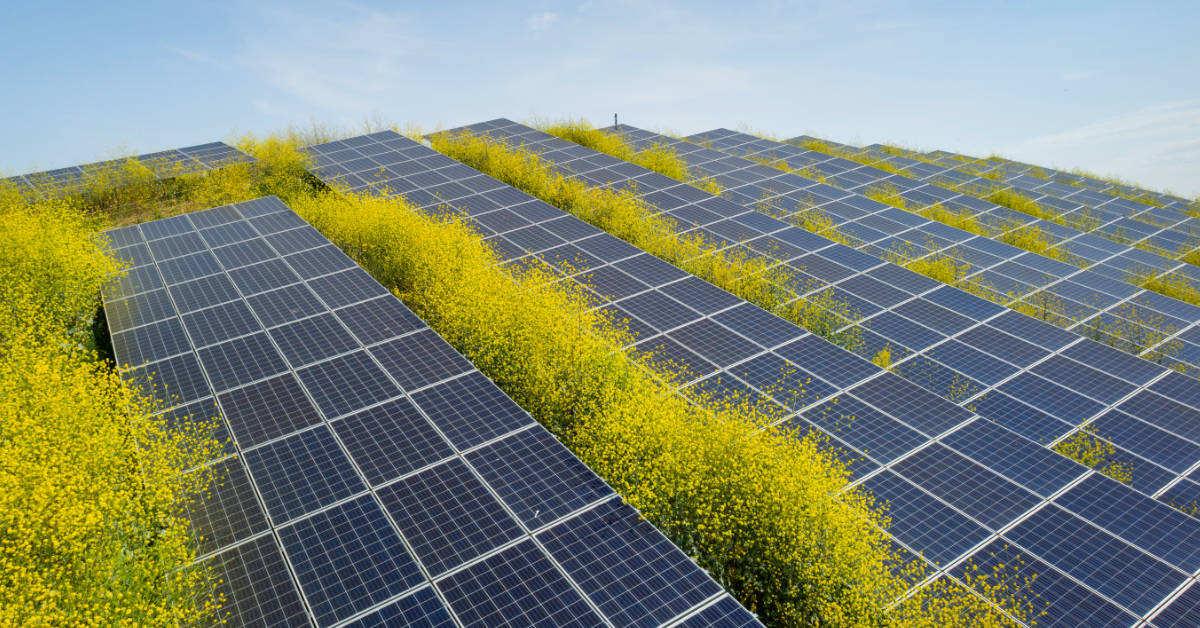The appearance of agricultural fields is constantly changing; what is certain is that farmers in Gi-dong village of Hamyang (240 kilometers southeast of Seoul) are mobilizing for an affordable, efficient, safe and sustainable primary sector. Today, Korean agriculture relies heavily on agrivoltaic farms.
Dual use of light
Agrivoltaic farms represent a virtuous use of the land. In fact, sunlight is employed simultaneously for the growth of crops and the generation of electricity.
These farms reap three benefits for society: producing crops, generating clean and renewable energy and providing economic return to farmers.
A multifunctional operation
Traditionally, the construction of photovoltaic systems damaged or took away farming land. However, the coexistence of solar panels and farms now produce crops, prevent harm to the environment and generate renewable energy to realize carbon neutrality.
And the most significant fact is that agrivoltaic farms seem to be able to contribute to the revitalization of the nation’s agricultural economy.
More certainty for farmers
South Korea is experiencing a gradual exodus of its farmers from the agricultural business due to low economic returns. Agrivoltaic farms can work as an effective response to the decreasing number of farmers in the country, as the land rental income or revenues collected from generating electricity, on top of benefits returned from crop production, will provide sufficient income for the farmers.
The advantages of agrivoltaic farms
To inexperienced eyes, however, it might seem that the shadow cast by the solar panels can interfere with the growth of crops. However, this isn’t true, as crops have a light saturation point at which supplemental lighting actually harms the crop’s photosynthesis. Furthermore, it should be remembered that the size of the solar panels is carefully studied to supply the right amount of light to the type of crops growing underneath the panels.
Solar panels also work as protection for the crops during heat waves and rainstorms and they maintain humidity of the farming land by preventing extra water from evaporating.
Legal complications
But there is a major obstacle to the spread of agrivoltaic farms. Under the current farmland act, temporary use of farmland for purposes other than crop production is limited to 8 years. Solar panels, which have a lifespan of 25 years or more, must be removed only eight years after being constructed. This leads to a waste of expensive equipment and economic inefficiencies.
To accelerate the commercialization of agrivoltaic farms it will therefore be necessary to carry out a revision of the current farmland act.
The sustainable and smart future of agriculture is outlined. Now, the responsibility for the affirmation and implementation of the programme lies with the national authorities.
Source: koreaherald.com


